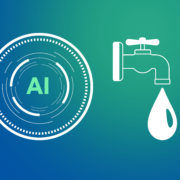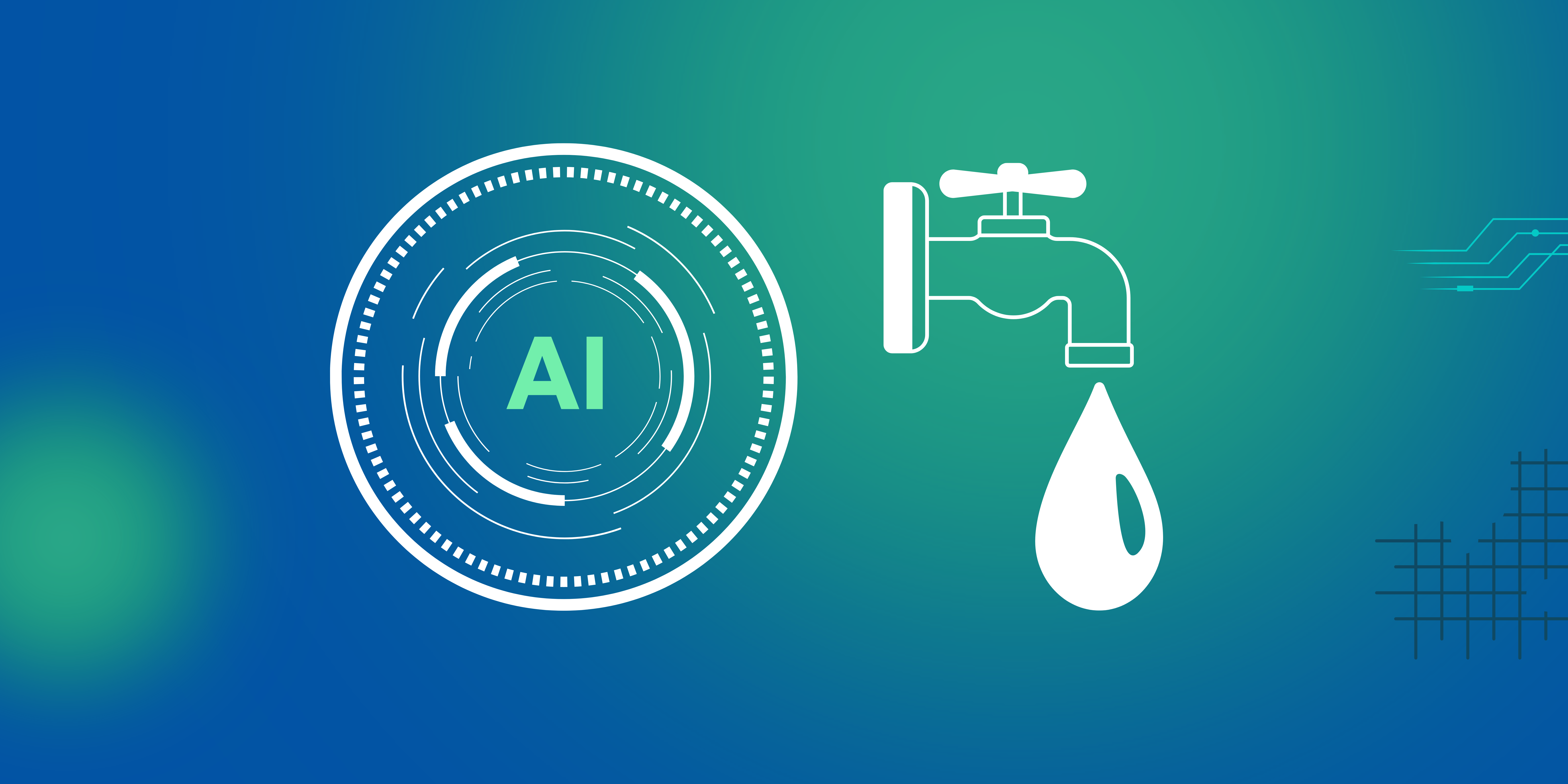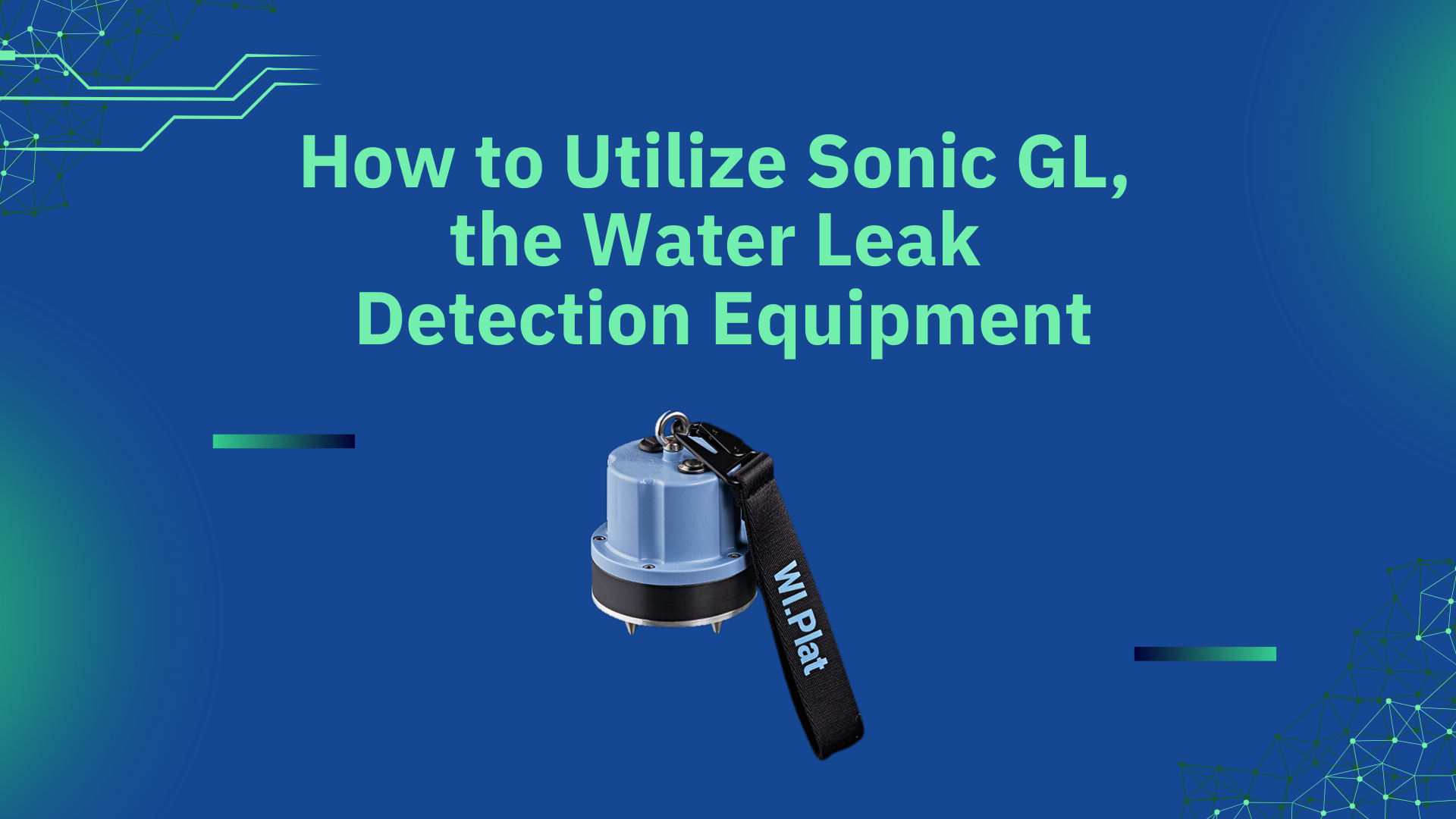AI-Powered Underground Water Detectors for Leak Detection
The Importance of Underground Water Leak Detection in Modern Infrastructure
Around the world, over $50 billion is wasted annually due to water pipe leaks. If we can reduce water loss, it could supply clean water to an additional 900 million people. One of the most challenging water issues is identifying leaks in long underground water leak detection systems, which are often invisible.

Currently, leak detection experts use water leak detectors to listen to leak sounds from the road surface or pipes and identify potential problem areas.
This method relies heavily on the expert’s experience, making it difficult to train enough professionals. Moreover, the results may vary based on the skill level of the expert.
To solve this, we need to digitalize leak sounds and teach AI to detect leaks, reducing reliance on human expertise.
How to Detect Water Leaks Underground?
When a pipe leaks, a sound wave known as “leak noise” is generated. This wave energy travels through mediums such as pipes and the ground. The distance the sound can travel depends on the pipe material and the characteristics of the ground.

For example, metal pipes, which are less elastic, allow leak sounds to travel farther, while non-metallic pipes, which are more elastic, transmit the sound over shorter distances.
This is closely related to the density of the medium. The denser the material, the less sound absorption occurs, meaning the leak sound can travel farther.

The characteristics of leak noise also depend on the pipe material, ground composition, and pipe pressure. The frequency of leak noise in water pipes typically ranges between 200 Hz and 2,000 Hz.
The specific frequency depends on factors such as the material of the pipe and the water pressure. Lower-frequency sounds tend to travel farther than higher-frequency sounds.

How Do Humans Perceive Leak Sounds?
Humans can hear sounds up to 22 kHz. When sound waves move air molecules and these waves reach the ear, they cause the cochlea in the ear to move, sending tiny electrical signals to the brain. This is how we perceive sound.

Advanced Technologies in Underground Water Leak Detection
Leak sensors, used in leak detection, work similarly to the cochlea in the human ear. They typically use piezoelectric elements, which generate electrical energy when they detect mechanical energy. The frequency a piezoelectric element detects depends on its diameter and length.
It’s essential to design piezoelectric sensors according to the specific characteristics of leak noise in water pipes to ensure optimal detection.

How Does AI Work with Underground Water Detectors?
The way AI detects leaks using underground water detection equipment is similar to how humans do. When humans hear a leak sound, their brain processes the data and learns to recognize it. AI works the same way by learning from data.
First, the signals detected by underground water detectors are converted into WAV files. These WAV files are then transformed into spectrogram images, which show the frequency spectrum of the sound over time. AI is trained using these spectrogram images.
To develop an AI model for leak detection, we commonly use Convolutional Neural Networks (CNNs), which are also used for distinguishing between different objects, like cats and dogs. With training, AI can recognize leak sounds just like a human expert.

The most important part of developing a water leak AI model is to secure a large amount of water leak noise data from different environments using specialized underground water leak detection equipment.
Conclusion
AI has the potential to revolutionize water leak detection, reducing reliance on human expertise and allowing for more consistent and efficient leak identification.
By harnessing the power of sound data and advanced neural networks, we can tackle the global water loss problem and ensure more people have access to clean water.
Take control of your underground water management and safeguard your infrastructure with WI.Plat’s cutting-edge leak detection technology. Contact us today to learn more!










